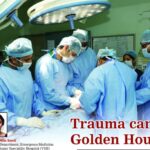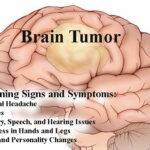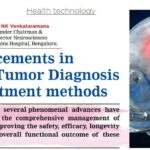Sniff test predicts recovery of consciousness in brain-injured patients according to Weizmann Institute scientists’. Researchers at the Institute and the Loewenstein rehabilitation hospital, Israel have concluded that an unconscious person responding to smells with shifts in nasal airflow patterns is likely to regain consciousness.
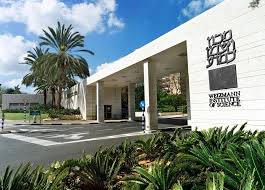

One of the hardest decisions for physicians treating unresponsive patients is determining whether the person is at all conscious or unconscious: Current diagnostic tests can lead to an incorrect diagnosis in up to 40% of cases. “Misdiagnosis can be critical. It can even influence the decision of whether to disconnect patients from life support,” says Dr. Anat Arzi, who led the research. “And if physicians deem a patient completely unconscious and insensitive, they may not prescribe painkillers for other injuries.” Arzi commenced this research during her doctoral studies in the group of Prof. Noam Sobel of the Weizmann Institute of Science’s Neurobiology Department and continued it as part of her postdoctoral research at the University of Cambridge’s Department of Psychology.
The “consciousness test” developed by the researchers – in collaboration with Dr. Yaron Sacher, Head of the Department of Traumatic Brain Injury Rehabilitation at Loewenstein Rehabilitation Hospital – is based on the understanding that our nasal airflow changes in response to odor; for example, an unpleasant odor produces shorter, shallower sniffs. Sobel’s research and others has shown that in healthy humans, the sniff-response occurs unconsciously in wakefulness and even in sleep.
The study was conducted with 43 brain-injured patients in the Loewenstein Rehabilitation Hospital. The researchers briefly placed tubes of various odorants under the patients’ noses, some emitting a pleasant scent like shampoo, others an unpleasant smell of rotten fish, and for comparison, some with no odor at all. At the same time, the scientists precisely measured the volume of air inhaled through the nose as each odor was presented. This was repeated several times in random order, and over several sessions. “Astonishingly, all of the patients who were classified as being in a ‘vegetative state,’ yet responded to the sniff test, later regained consciousness, even if only minimally.
In some cases, the result of the sniff test was the first sign that these patients were about to recover consciousness – and this reaction was observed days, weeks and even months prior to any other signs,” says Arzi. The researchers found that the sniff response not only predicted who would regain consciousness, it also predicted — with about 92% accuracy — who would survive for at least three years. “The fact that the sniff test is simple and inexpensive makes it advantageous,” explains Arzi. “It can be performed at the patients’ bedside without the need to move them – and without complicated machinery.”
Disorders of Consciousness:
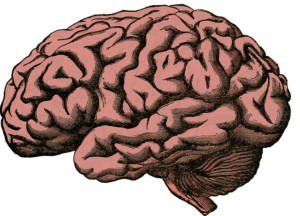

Misdiagnosis frequently occurs, even when the test is conducted repeatedly. “In a well-known study, a patient in a ‘vegetative state’ was scanned with MRI and asked by researchers to imagine that she was playing tennis. Her brain activity was similar to the brain activity of healthy people playing a mental tennis game. Suddenly, they realized: She hears us and is responding to our requests. She simply has no way of communicating’,” says Arzi. “There are other, similar stories, and the challenge is to identify those patients that, while appearing unresponsive, are, indeed, conscious. The sniff test we have developed may provide a simple tool to tackle this challenge.”
Prof. Noam Sobel is head of the Azrieli National Institute for Human Brain Imaging and Research; his research is supported by the Norman and Helen Asher Center for Human Brain Imaging; the Nadia Jaglom Laboratory for the Research in the Neurobiology of Olfaction; the Adelis Foundation; and the Rob and Cheryl McEwen Fund for Brain Research. Prof. Sobel is the incumbent of the Sara and Michael Sela Professorial Chair of Neurobiology. The Weizmann Institute of Science in Rehovot, Israel, is one of the world’s top-ranking multidisciplinary research institution.




